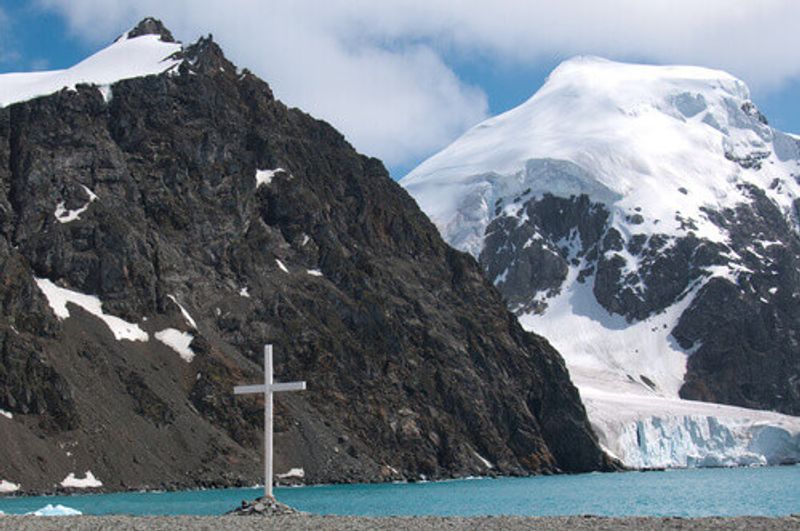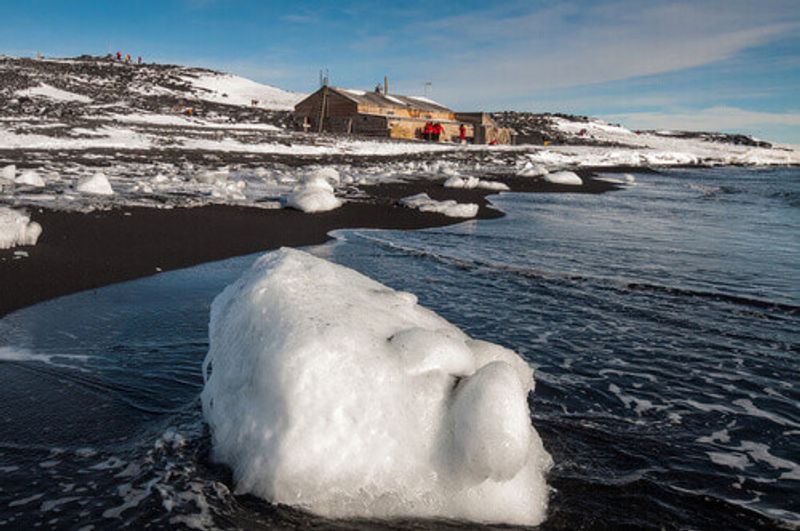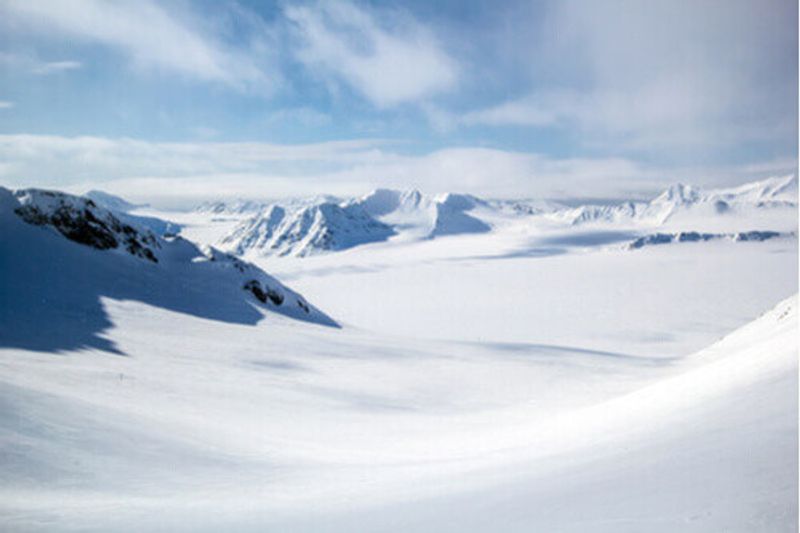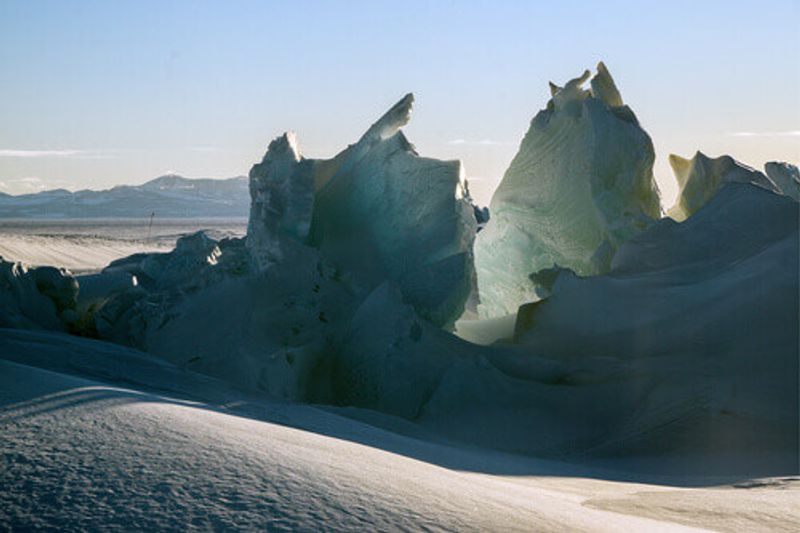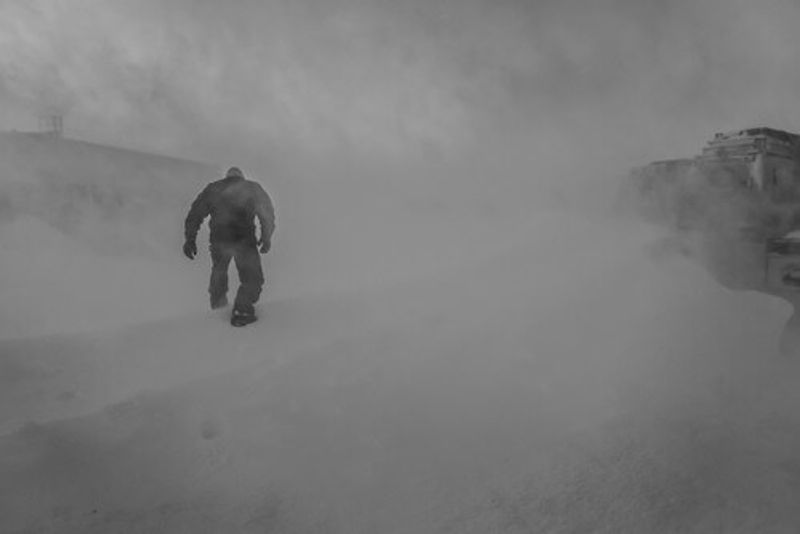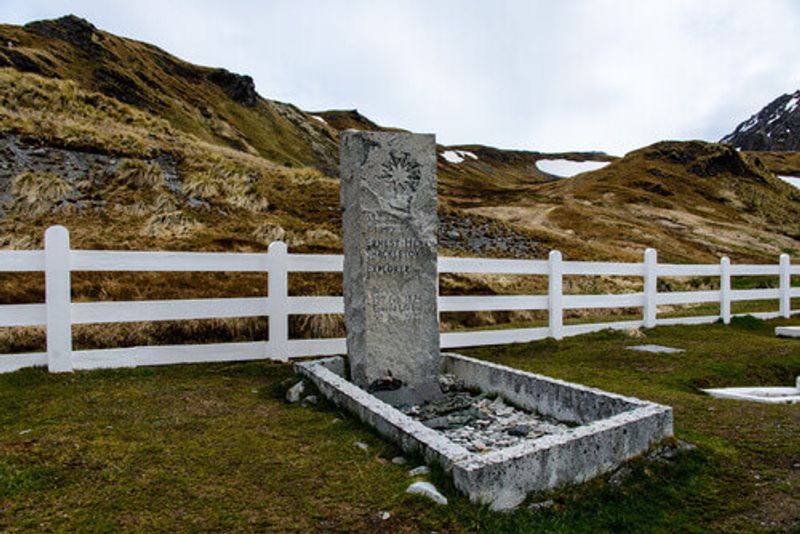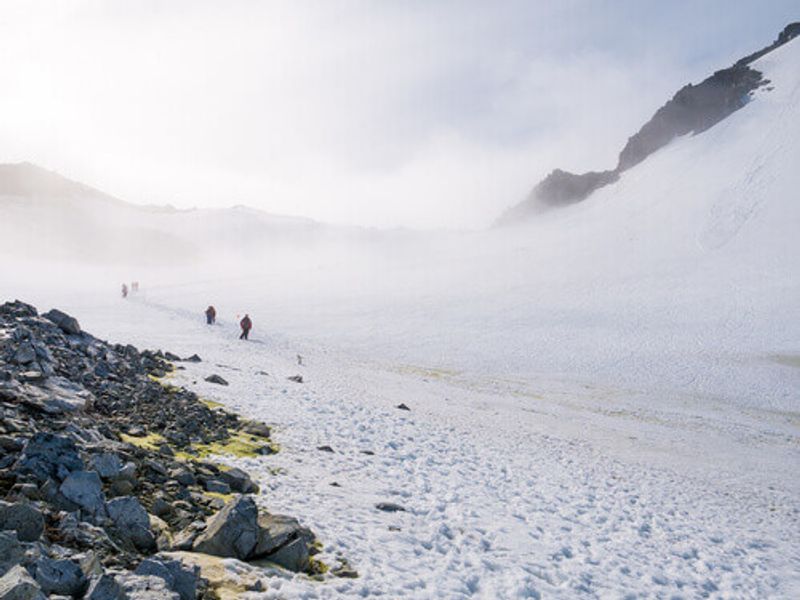Exhausted, cold, beaten. Expeditions aren't for the faint-hearted and these first explorers will not be forgotten
At the turn of the 20th century, during an era of exploration and adventure, expeditions were sent to the most remote corners of the earth to discover places where man had never walked. The race was on to get to the most southerly place on earth – the South Pole. A number of explorers embarked on adventures that would make them world famous. Sadly, many didn’t return to see that fame.
In 1901 a naval officer called Robert Falcon Scott was asked by the Royal Geographical Society to lead the National Antarctic Discovery Expedition. The expedition was a success in that it went further south than any man had ever gone before. Scott found the Antarctic Plateau – where the South Pole sits. When Scott returned to the UK in 1904 he was hailed a hero and embarked on a long speaking tour. Among Scott’s crew on the Discovery Expedition was merchant navy officer Ernest Shackleton, who was in charge of ‘seawater analysis’ as well as holds, stores and provisions. During the Discovery Expedition, Shackleton was taken ill and sent home on a relief ship but he had caught the Antarctic bug and was eager to return.
By January 1908 Shackleton had raised funds and set off on an expedition to reach the South Pole. A year later, his party set a new record, reaching further south than Scott’s previous expedition, but they still didn’t make it to the South Pole, turning back just 180 km away. Shackleton’s return leg back to his ship nearly ended disaster. As they raced against starvation, Shackleton famously gave his last biscuit to one of his party who was on the edge of death.
"All the money that was ever minted would not have bought that biscuit and the remembrance of that sacrifice will never leave me," wrote Frank Wild in his diary.
As Shackleton was returning home, Scott was on his way out again, this time on the whaling ship the Terra Nova. As they set off across the Antarctic Plateau, Scott’s group gradually got smaller as members of the group peeled off through exhaustion and illness. Towards the end, only Scott and five others made the final slog to finally reach the South Pole.
However, upon arriving at the Pole on January 17, 1912, Scott discovered that a rival from Norway, had reached the pole five weeks before him.
“The worst has happened,” Scott wrote in his diary. “All the day dreams must go, Great God! This is an awful place.”
The competitor was Roald Amundsen, who had experience of working in severe climates. He used clothing made of furs and skins favoured by the Inuit of the Arctic region instead of heavy wools that Scott’s team wore, and he took 52 dogs instead of Scott’s ill-equipped ponies. Amundsen made the most of the dogs too, using them fresh meat on the way. He also incorporated skis and sleds to ensure they could move faster along the ice. Amundsen’s smart planning and experience of the climate enabled him to reach the South Pole first and return to base camp with all of his team intact.
To reach the South Pole, only to find he had been beaten to it, took a heavy toll on Scott and his party and they made their way back to base camp with heavy hearts. By early February as the winter approached and hunger and exhaustion weighed heavy on the disheartened group, Edgar Evans passed away after being injured in a fall.
Scott had left orders with his party before he left, for them to meet him on March 1, 1912, and assist on the return trip. But a breakdown in communications meant that the team assigned to meet Scott and fill up supply depots on the way back didn’t set off on time and therefore didn’t meet the rendezvous. Scott and his expedition were left waiting in their tents for over two weeks, suffering from starvation and frostbite. Laurence Oates, whose frostbite had turned to gangrene, knew he was slowing down the group, got up from the tent and walking into a blizzard.
"I am just going outside and may be some time,” he famously said.
Scott and his last surviving colleagues marched a last 30 km on frostbitten toes in a bid to reach One Ton Depot where they knew supplies were there that would save them. But a blizzard stopped them from making the last push and they died a mere 17 km from the Depot.
“Last entry,” Scott wrote on March 29, 1912. “For God's sake look after our people.”
Although the Pole had been conquered and Scott had perished, Shackleton still hadn’t finished with Antarctica. He set off again in 1914 on the Imperial Trans-Antarctic Expedition to try to cross the continent. However, before they could even begin, his ship, the Endurance became frozen in ice, and then sank the following summer when the ice melted and water flooded into the damaged hull. They managed to make it to Elephant Island and from there to South Georgia but although Shackleton only just made it out with his life, it wasn’t long before he was back. This time it was to circumnavigate the Antarctic but in January 1922 on route to Antarctica, he suffered a fatal heart attack in South Georgia, where he was buried on request of his wife.
The voyage to the end of the earth took the lives of a number of brave men in the period of exploration but with temperatures at minus 90 and wind speeds of up to 200 mph – not to mention months of darkness, it has taken the lives of plenty of other explorers and scientists since.
In 1965, three scientists in a Muskeg tractor were killed when it fell down a crevasse and in 1976 three people lost their lives in an avalanche while climbing Mount Peary. Others have been lost falling from cliffs and down crevasses, and in 1982 three more scientists died after they walked over sea ice to a nearby island. The sea ice they crossed on was destroyed by a storm, stranding them on the island for days before they were lost at sea when they thought the newly formed was strong enough to allow them to walk back. Sadly, it wasn’t and their bodies were never found.
More recently, two fire-safety technicians were found dead at the end of 2018 in what was first thought to be suspicious circumstances. A helicopter pilot found the two unconscious men when he stopped to investigate smoke coming from the McMurdo Station. Foul play was eventually ruled out in this instance but 2018 also saw the first attempted murder on the continent. Russian scientist Sergey Savitsky stabbed a colleague at Bellingshausen Station on King George Island in frustration after he kept telling him the ending to books he was trying to read.
